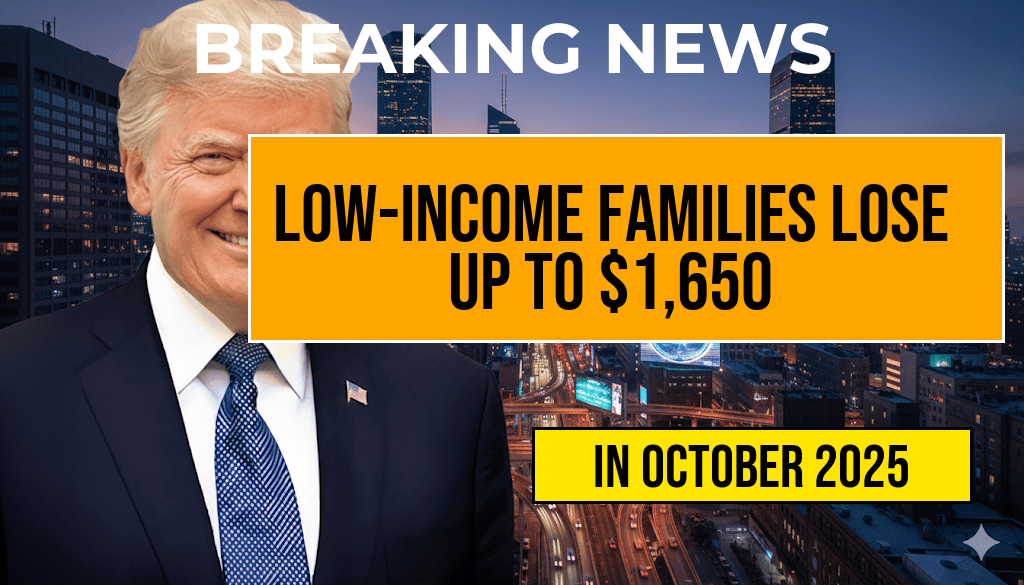Former President Donald Trump has recently voiced support for allowing high-risk cryptocurrency investments within 401(k) retirement plans, a move that could significantly alter the landscape of American retirement savings. Advocating for increased investor choice, Trump suggests that permitting exposure to digital assets—despite their notorious volatility—could potentially boost long-term returns for participants willing to accept greater risk. The proposal has sparked debate among financial experts, regulators, and retirement savers, highlighting the tension between innovation and protection in the rapidly evolving crypto sector.
Background on 401(k) Plans and Cryptocurrency Integration
Traditional 401(k) plans have long been a cornerstone of American retirement strategy, primarily investing in stocks, bonds, and mutual funds. While these options offer relatively stable growth, recent discussions have centered around expanding permissible assets to include alternative investments, notably cryptocurrency. Advocates argue that digital assets could diversify portfolios and capitalize on the high-growth potential of the crypto market, which has experienced extraordinary price swings over the past decade.
However, the inclusion of cryptocurrencies like Bitcoin and Ethereum in retirement accounts has faced regulatory hurdles. The U.S. Department of Labor (DOL) has traditionally maintained cautious positions, emphasizing the need for investor protections given the speculative nature of digital assets. Despite this, some industry players and policymakers see the potential for a paradigm shift that could reshape retirement investing options.
Trump’s Position and Rationale
During recent interviews and policy discussions, Donald Trump explicitly endorsed the idea of expanding 401(k) plan options to include cryptocurrencies. He emphasized that, with appropriate safeguards, allowing high-risk investments could attract younger investors and those seeking higher returns, especially in an environment of low interest rates and economic uncertainty.
“If people want to put a small portion of their retirement savings into digital currencies, I believe they should have that choice,” Trump stated. “Innovation is key, and Americans should have the freedom to explore new investment opportunities, even if they come with risks.”
This stance aligns with a broader conservative push towards deregulation and free-market principles, asserting that individuals should control their financial destinies without excessive government interference. However, critics argue that such a move could expose retirees to outsized losses, especially given the unpredictable nature of cryptocurrencies.
Potential Benefits and Risks
Benefits
- Portfolio Diversification: Incorporating cryptocurrencies could reduce reliance on traditional assets and hedge against inflation.
- Higher Return Potential: Digital assets have demonstrated significant growth in certain periods, offering the possibility of outsized gains.
- Appeal to Younger Investors: Crypto investments may attract younger demographics seeking innovative investment avenues.
Risks
- Volatility: Cryptocurrencies are known for dramatic price fluctuations, which could jeopardize retirement savings.
- Regulatory Uncertainty: The lack of clear rules or oversight increases the risk of sudden policy changes impacting investments.
- Fraud and Security Concerns: Digital assets are susceptible to hacking, scams, and custodial risks, raising questions about safekeeping and investor protection.
Regulatory and Industry Responses
Proposals to include cryptocurrencies in 401(k) plans have prompted a mixed reaction from regulators, industry leaders, and advocacy groups. The U.S. Department of Labor has reiterated its cautious stance, emphasizing that any investment option must meet fiduciary standards and ensure transparency. Several plan administrators have expressed concern over the added complexity and potential legal liabilities.
Meanwhile, some financial firms are exploring pilot programs to test the feasibility of offering crypto exposure within retirement accounts. For example, a handful of companies have introduced self-directed 401(k) plans that allow investors to allocate a portion of their funds into select cryptocurrencies, under strict oversight and with clear disclosures about risks.
Implications for Retirement Savers
| Aspect | Potential Outcomes |
|---|---|
| Investment Diversification | Broader asset choices could lead to more resilient portfolios or increased exposure to volatile assets. |
| Risk Exposure | Retirees may face amplified risks, risking significant losses during downturns. |
| Market Innovation | Encourages financial product innovation and adaptation to digital economy trends. |
As policymakers deliberate, retirement savers and industry stakeholders weigh the merits of embracing digital assets as part of long-term planning. While the prospect of crypto investments in 401(k) plans remains in nascent stages, the debate underscores a broader shift towards integrating emerging technologies into traditional financial structures.
For comprehensive insights into retirement planning and investment strategies, resources such as Investopedia and Forbes Retirement offer valuable guidance on navigating these evolving options.
Frequently Asked Questions
What are the main reasons Trump supports allowing high-risk cryptocurrency investments in 401(k) plans?
Trump believes that including cryptocurrency in 401(k) plans can provide investors with greater diversification and potentially higher returns. He argues that such investments could modernize retirement options and appeal to younger investors interested in digital assets.
What are the potential risks associated with allowing high-risk cryptocurrency investments in 401(k) plans?
Allowing high-risk cryptocurrency investments introduces increased volatility and security concerns. Investors could face significant losses, and the lack of regulation in certain digital assets might expose retirement funds to fraud and market manipulation.
How might this proposal impact the overall security and regulation of 401(k) plans?
Incorporating cryptocurrencies into 401(k) plans could necessitate new regulatory frameworks to ensure protection of investors and maintain plan integrity. It could also pose challenges related to security and transparency within retirement savings.
What are the perspectives of financial experts on allowing cryptocurrencies in 401(k) plans?
Many financial experts express caution due to the high volatility and uncertainty surrounding digital assets. While some see potential for growth, others warn about the risks of speculative investments in retirement accounts.
What steps would be necessary to implement high-risk cryptocurrency investments in 401(k) plans?
Implementation would require regulatory approval from authorities such as the SEC and Department of Labor. Plan administrators would need to establish guidelines for asset selection, security measures, and investor disclosures to protect participants and ensure compliance.







